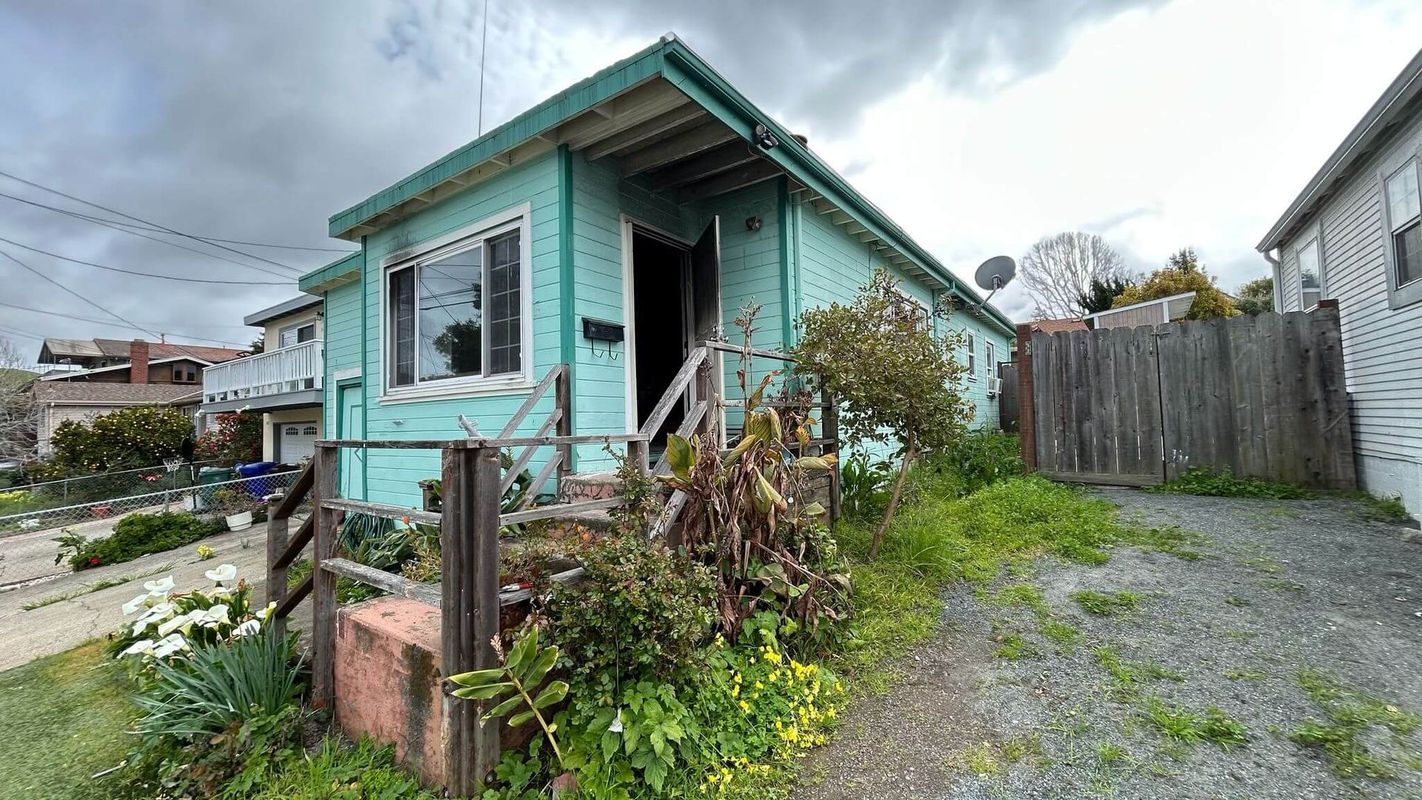Start Here
Homepage Bottom Form
We will get back to you as soon as possible.
Please try again later.
Homeowners, We're You're Trusted Partner In Fire Recovery
Our Fire Recovery Concierge Program helps you navigate insurance, restoration, and rebuilding your life — step by step



★★★★★
Rated 4.9/5.0 by homeowners
Fire Recovery
Concierge Program
Homepage
We will get back to you as soon as possible.
Please try again later.




A Personalized House Fire Recovery Roadmap For You
House Fire Solutions guides homeowners step by step with clear plans, trusted resources, and real support after a fire
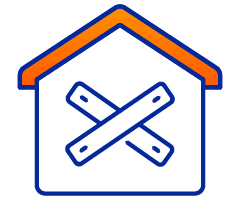
STEP 1
We Help You Secure Your Home Immediately After the Fire
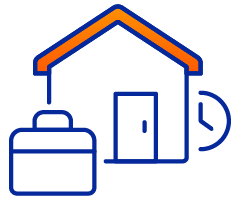
STEP 2
We Help You Find Safe, Short-Term Shelter for Your Family
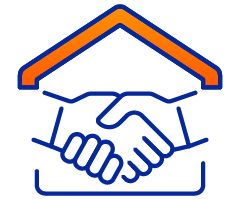
STEP 3
We Help You Maximize Your Payout With Expert Representation

STEP 4
We Help You Sell As Is After You’ve Settled Your Insurance Claim

STEP 5
We Help You Restore Belongings That Can Be Saved

STEP 6
We Help You Cleanup, Removing Debris To Bring Your Home Back to Life
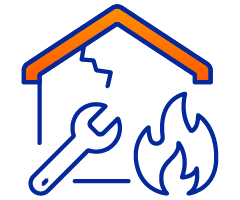
STEP 7
We Help You Repair, Rebuild, and Bring Your Home Back to Life
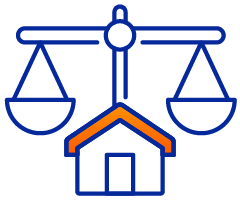
STEP 8
We Help You Protect Your Rights With Trusted Attorneys
Fire Recovery Concierge Program
Your trusted guide from fire to full recovery.
Recovering after a house fire is overwhelming — dealing with insurance, contractors, and endless decisions. Our Fire Recovery Concierge Program simplifies it all. We act as your personal recovery team, checking in weekly or bi-weekly to make sure nothing slips through the cracks.
We help you:
- Secure your property fast (board-up, roof tarp, fencing)
- Navigate insurance claims and get connected with trusted public adjusters or attorneys
- Compare and vet restoration contractors before hiring
- Handle cleanup, debris removal, and content restoration
- Explore all your options — including restoring, rebuilding, or selling as-is for cash
It’s free for homeowners, and we stay with you until you’ve reached full recovery — safely, confidently, and without the stress of doing it alone.
Follow Us For Our Latest House Fire Recovery Tips
Youtube
Have question? Your dedicated account manager can help.
Tiktok
Contact House Fire Solutions to learn about lead pricing availability.
Learn how to be successful with our lead generation services.
Learn how to be successful with our lead generation services.
Have a Question?
We'll Answer It Live On Social Media
We answer homeowners questions regarding everything A-Z after a house fire
Our Team Helps You Navigate Insurance, Restoration, and Rebuilding
It is a long established fact that a reader will be distracted by the readable content of a page when looking at its layout.

Board-Up
Our Network of Board Up Specialist Will Secure your property fast

Temp Housing
We'll Help You Find Safe Shelter while you recover

Public Adjusters
Our Network of Fire Damage Adjusters Will Fight Help for a fair insurance payout

Buyout Program
Our Partner Specializes in Buying Fire Damaged Homes So you Can Sell your home as-is

Content Cleaning
Restore what matters most

Debris Removal
Cleanup The Debris So You dont Incur Fines

Restoration
Bring your home back to life

Attorneys
Fight For Whats rightfully yours
Just Have a Question or Want To Talk?
If you'd like to speak with us today about purchasing Social Security, Personal Injury, Workers' Compensation or Employment Law Leads.
Homepage Bottom Form
We will get back to you as soon as possible.
Please try again later.
What to Do After a House Fire: Your Recovery Checklist
The sirens fade, leaving a disorienting silence punctuated by the smell of smoke and the reality of loss. In this moment, the path forward can feel completely obscured by shock and uncertainty.
You are facing the paralyzing intersection of emotional trauma and a cascade of urgent logistical demands. Critical decisions about site security and making initial insurance contact must be made, even while you are still processing the event.
Soon, questions about structural integrity, the nuanced aspects of smoke and soot contamination, and replacing key documents will demand your attention. Exploring this process without a clear framework can lead to critical, often costly, oversights.
This roadmap is engineered to cut through the confusion, transforming chaos into a sequence of manageable actions. It delivers the technical and practical clarity needed to protect your financial interests while making sound rebuilding decisions.
From mastering advanced
damage documentation to understanding the
legal requirements of your rebuild, every crucial stage is detailed. You will also find the steps for securing the
psychological support that is critical for your family's long-term recovery.
Critical Safety And Emergency Response Actions
In the immediate aftermath of a house fire, your actions are governed by a single, non-negotiable principle: safety. The decisions made in the first 24 to 48 hours establish the foundation for a secure and systematic recovery.
This initial phase is not about salvaging possessions. It is about protecting yourself, securing the scene, and initiating the
critical lines of communication that will guide you through the weeks ahead.
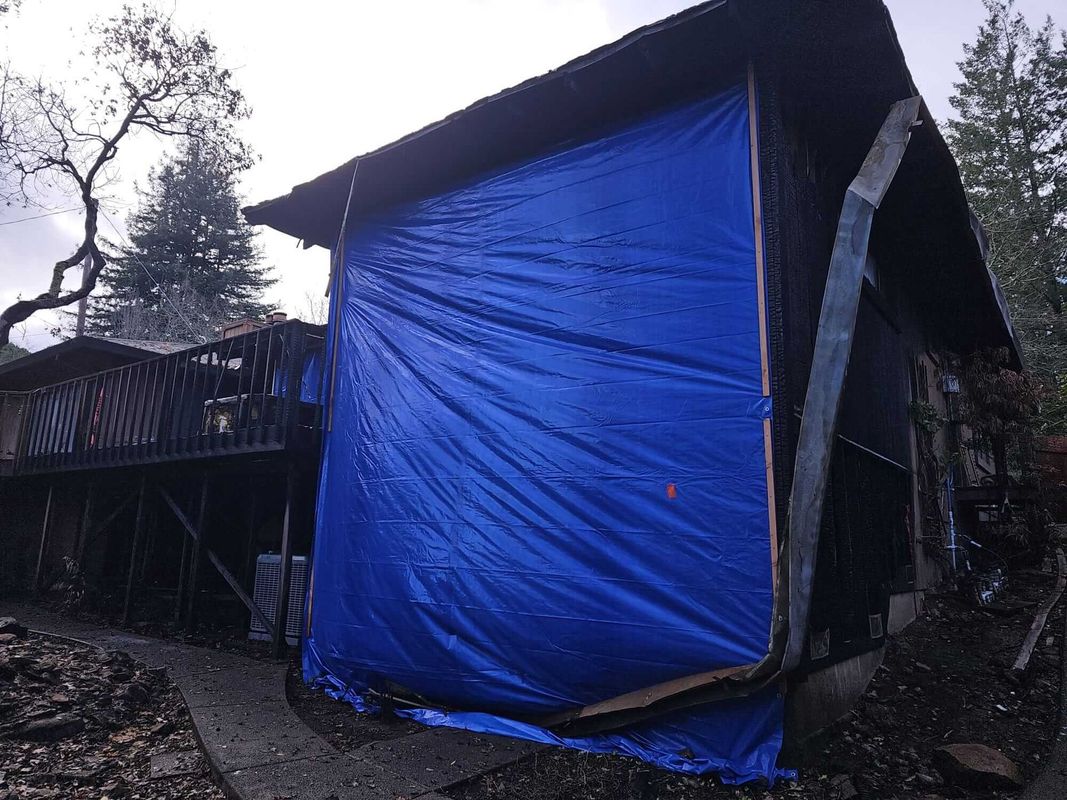
Immediate Safety Protocols And Site Security
The most important rule is to never re-enter a fire-damaged home until the fire marshal or another authorized official has declared it safe. A structure that appears stable may hide catastrophic damage to its load-bearing elements, like floor joists or roof trusses, creating a severe risk of collapse.
If emergency personnel grant you temporary, supervised permission to enter, your objective is precise. You are there to retrieve only the most essential items, including:
- Identification, driver's licenses, and passports
- Credit cards and bank information
- Critical medications and prescriptions
- Eyeglasses or contact lenses
This is a tactical retrieval, not an assessment of your total loss.
Emergency Services Coordination And Documentation
Once you are in a safe location, your focus must pivot to communication and precise documentation. Begin making essential calls and establishing a paper trail.
Contact your insurance company immediately to report the loss and initiate the claims process; this single action sets your entire financial recovery in motion. If you are a renter, you must also notify your landlord without delay.
Next, obtain an official copy of the fire report from the fire department, as this document provides the official cause and origin analysis required for your claim.
From this moment forward, keep detailed records and receipts for every dollar spent on necessities like lodging, food, and clothing. These are typically covered under your policy's Additional Living Expenses (ALE) coverage.
For immediate support, contact a local disaster relief agency like the
American Red Cross. These organizations provide essential aid, including temporary housing and supplies, bridging the gap until insurance support becomes available.
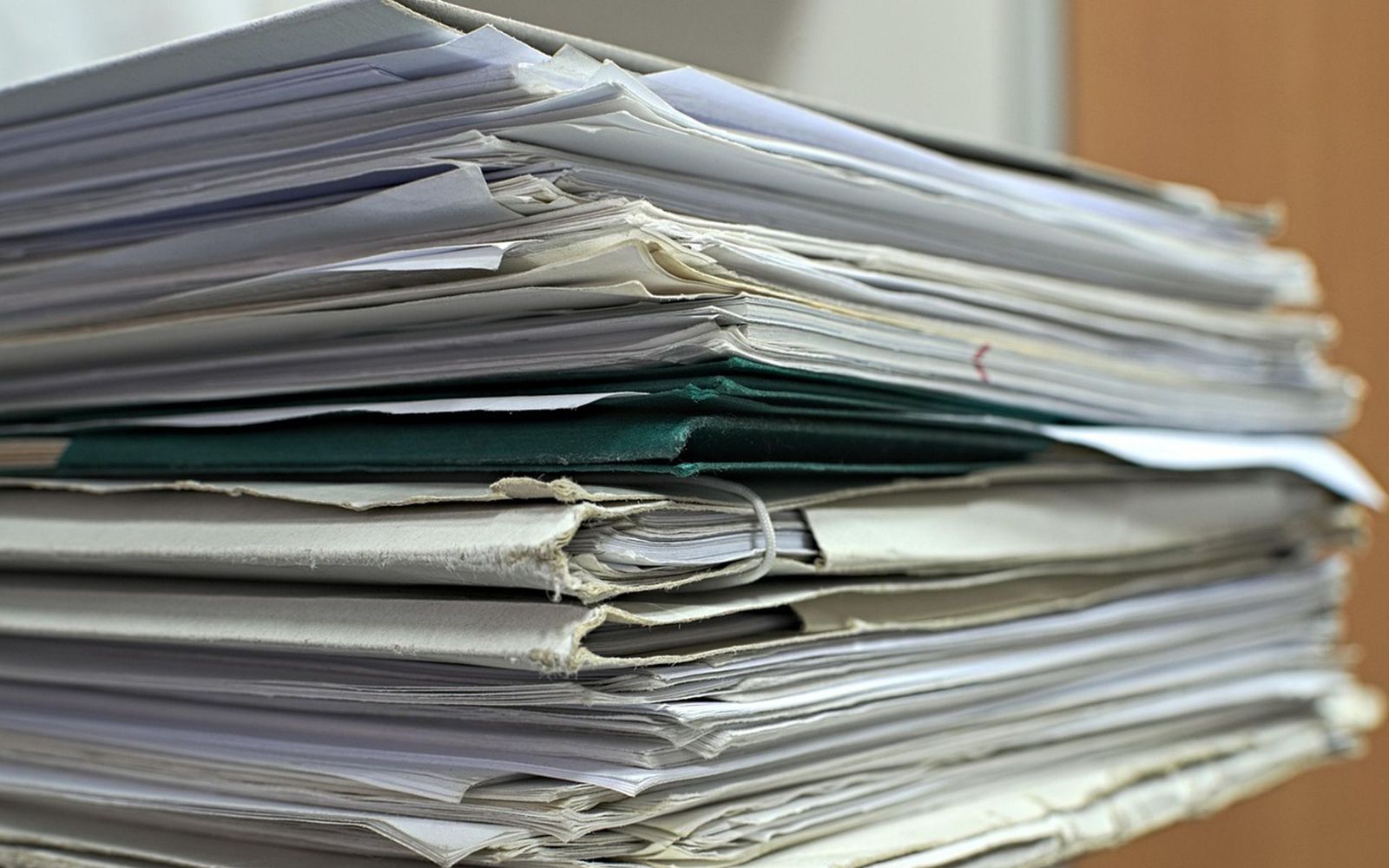
Property Protection And Access Control Measures
After the fire department relinquishes control, securing the property from further damage becomes your responsibility. An unsecured, fire-damaged home is a target for vandalism, theft, and accelerated deterioration from weather.
You must take proactive steps to control access. This often requires hiring a professional service to perform critical tasks:
- Boarding up all windows, doors, and other openings.
- Installing temporary security fencing around the property's perimeter.
- Tarping a damaged roof to prevent water intrusion.
Your insurance company can recommend reputable vendors and will have specific requirements for how the property must be secured to maintain full coverage.
Health Hazard Assessment And Mitigation
The dangers remaining after a fire extend far beyond structural instability. Soot and smoke residue are not merely dirt; they are a complex mixture of toxic chemicals and fine particulates that can cause significant respiratory damage.
The environment is contaminated with invisible threats.
- Airborne Toxins: The air can contain carbon monoxide, hydrogen cyanide, and other hazardous compounds.
- Surface Contaminants: Surfaces are coated in acidic soot that can damage property and irritate skin.
- Hazardous Water: Water used to extinguish the blaze mixes with burnt materials, creating a slurry that can harbor bacteria and promote mold growth within 24-48 hours.
These invisible threats are why professionals equipped with
personal protective equipment (PPE) must handle any assessment and cleanup. Ensure any pets that were in the home are kept away from the site and are promptly evaluated by a veterinarian, as they are highly susceptible to harm from smoke and soot inhalation.
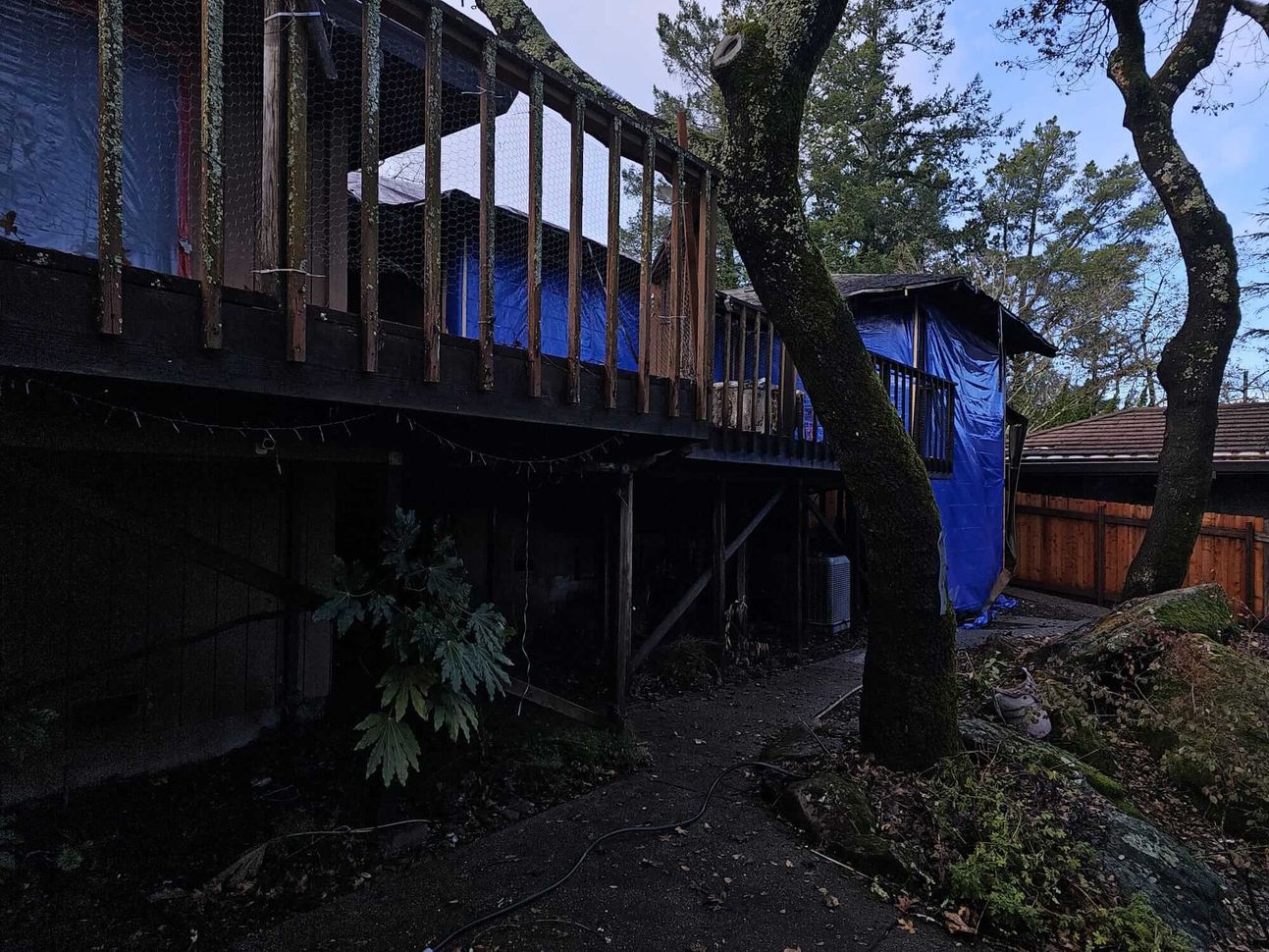
Insurance Navigation And Financial Protection Strategies
Once your safety is secure, your focus must pivot to the financial realities of recovery. Your insurance policy is the central instrument for rebuilding, but its effective use demands precision and a strategic approach.
Mastering the
claims process is essential for securing the funds needed for a full recovery and protecting your financial future from the fire's devastating impact.

Rapid Insurance Claim Initiation And Documentation
Your first financial action is to contact your insurance provider and formally report the loss. This single call triggers the entire claims process, generating a unique claim number and assigning an insurance adjuster to your case.
- From this moment forward, you must become a precise and systematic record-keeper. Maintain a detailed communication log of every interaction with your insurance company, noting:
- Date and time of contact
- Name and title of the representative
A summary of the discussion and any commitments made
This log is your evidence, providing an objective timeline that holds all parties accountable.
Advanced Damage Documentation Techniques
Do not move or discard a single item until you have created an irrefutable record of the damage. You dont want to fall trap to the insurance carriers tactics. This documentation is your primary evidence; it must be exhaustive and go far beyond a few casual photos.
Use your smartphone to capture extensive video, walking slowly through each room while narrating the damage to specific items. Follow this with hundreds of high-resolution photographs, including wide shots for context and close-ups to detail specific destruction.
Next, build a detailed inventory of all damaged or destroyed personal property. This exhaustive list forms the foundation of your contents claim. For each item, you must document:
- Description: Be specific (e.g., "LG 65-inch OLED 4K TV, Model OLED65C1PUB").
- Details: Note its approximate age and original purchase price.
- Cost: Research its estimated replacement cost in today's market.
This methodical process is critical for substantiating the full value of your loss and ensuring a fair settlement.

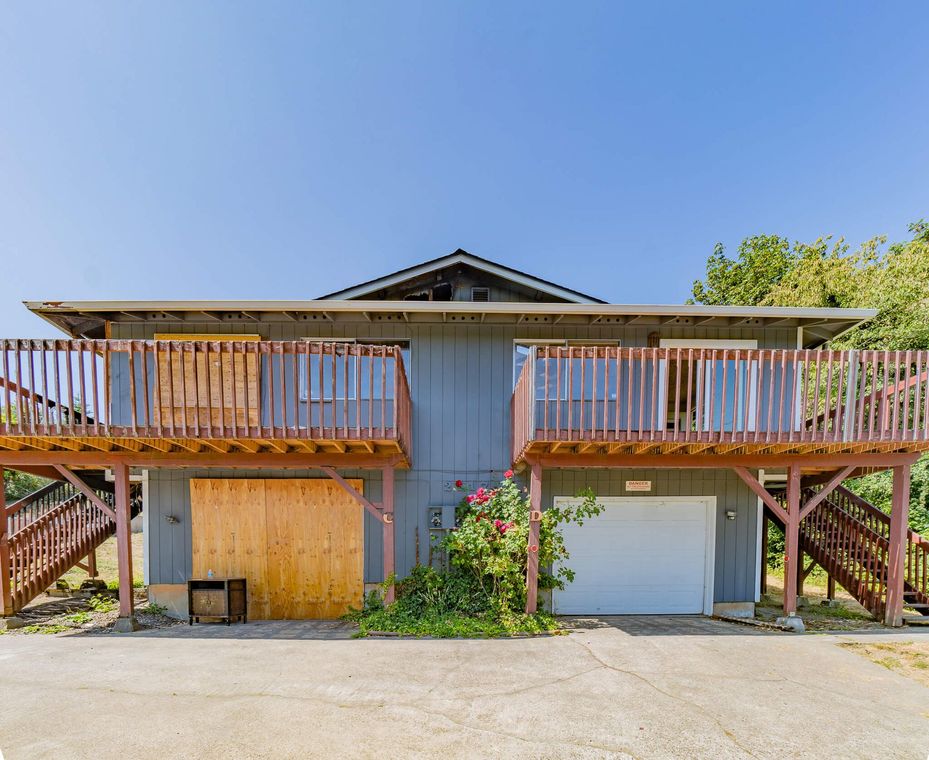
Temporary Living Expense Coverage Optimization
If the fire has made your home uninhabitable, your policy’s Additional Living Expenses (ALE) coverage becomes your financial lifeline. This provision is designed to cover the increase in expenses needed to maintain your normal standard of living.
Immediately request an advance from your insurer to cover initial, out-of-pocket costs. To optimize this benefit, you must save every receipt for expenses, including:
- Temporary housing (rentals, hotels)
- Restaurant meals and groceries above your normal budget
- Laundry services
- Necessary clothing purchases
Every documented expenditure is a component of your reimbursement.
Hidden Cost Identification And Recovery Planning
A successful financial recovery requires looking beyond visible structural damage. You are obligated to inform your mortgage lender of the fire, as the structural repair check is often payable to both you and your lender.
The mortgage company typically holds these funds in escrow, releasing payments in stages as repairs are completed and verified.
Understanding two key terms in your policy is also non-negotiable: a "replacement cost" policy pays to replace items with new ones, while an "actual cash value" (ACV) policy pays replacement cost minus depreciation. The difference between these two valuation methods can alter your final settlement by tens of thousands of dollars.
If the claims process becomes contentious, you have the right to hire a public adjuster. This independent professional works exclusively for you, negotiating on your behalf for a percentage of the final settlement. Ultimately, exercise extreme caution with contractors; never sign a permanent repair contract until the insurance settlement is determined.
Always vet contractors, check their references, and obtain at least three written bids before committing to any work.
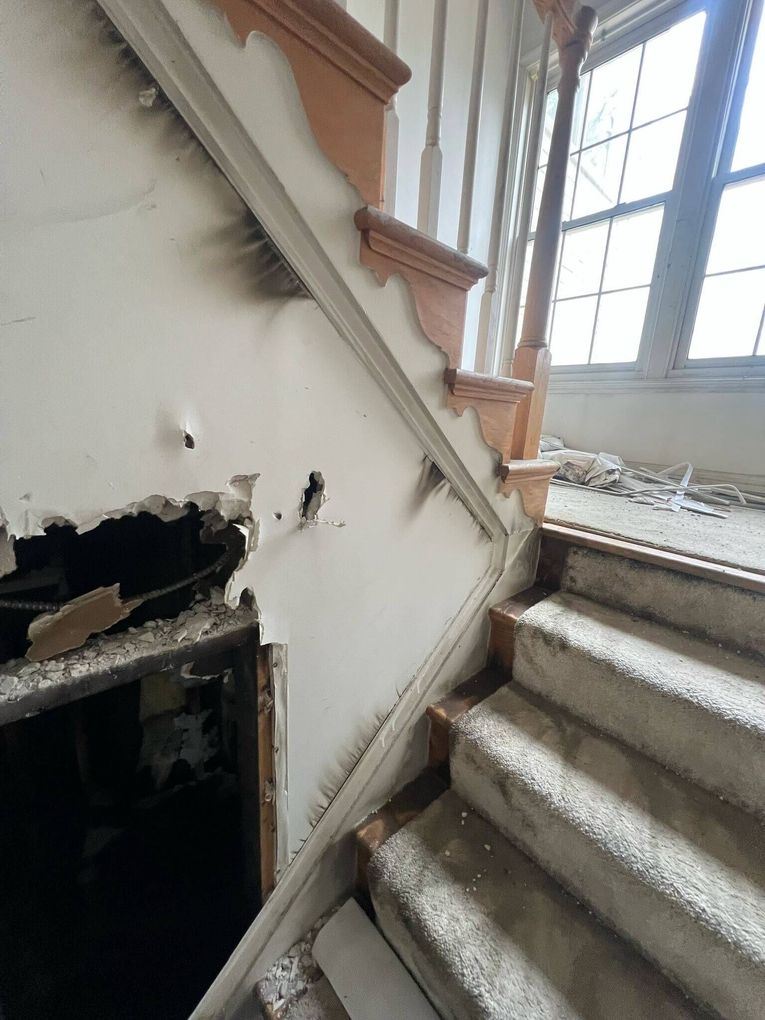
Professional Damage Assessment And Recovery Planning
After filing the initial claim, the recovery process shifts from paperwork to a physical, on-site evaluation. This professional damage assessment is the strategic blueprint for your entire physical recovery.
This critical phase translates the chaos of a fire's aftermath into a detailed, actionable
scope of work. It ensures every layer of damage—from the visibly charred to the invisibly toxic—is identified and addressed.

Multi-Disciplinary Inspection Coordination
A truly detailed assessment requires a coordinated team of specialists, not just a single inspector. Each professional provides a unique, critical perspective on the extent of the damage. To protect your interests and ensure a complete recovery plan, the inspection process typically involves:
- The Insurance Adjuster: Evaluates to determine the carrier's financial liability.
- A Certified Restoration Technician: Performs a granular analysis of fire, smoke, and water damage, often using specialized equipment. You should vet and choose this professional yourself.
- A Structural Engineer: Provides a definitive opinion on the building's stability in cases of severe damage, a crucial step for safety.
Structural Integrity And Safety Evaluations
The first and most critical question is whether the home is structurally sound. Safety is the absolute priority, and this evaluation determines if the structure can be restored or requires a complete rebuild. Experts conduct a meticulous examination of the building's essential structural components, including:
- The foundation for cracks or compromise caused by extreme heat.
- Load-bearing walls to test their stability and strength.
- The roof system for damage that could lead to a partial or total collapse.
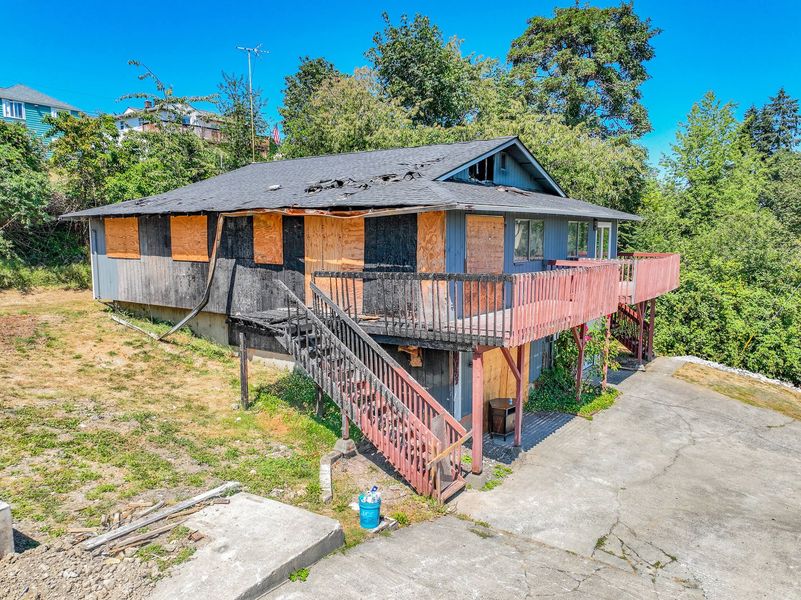
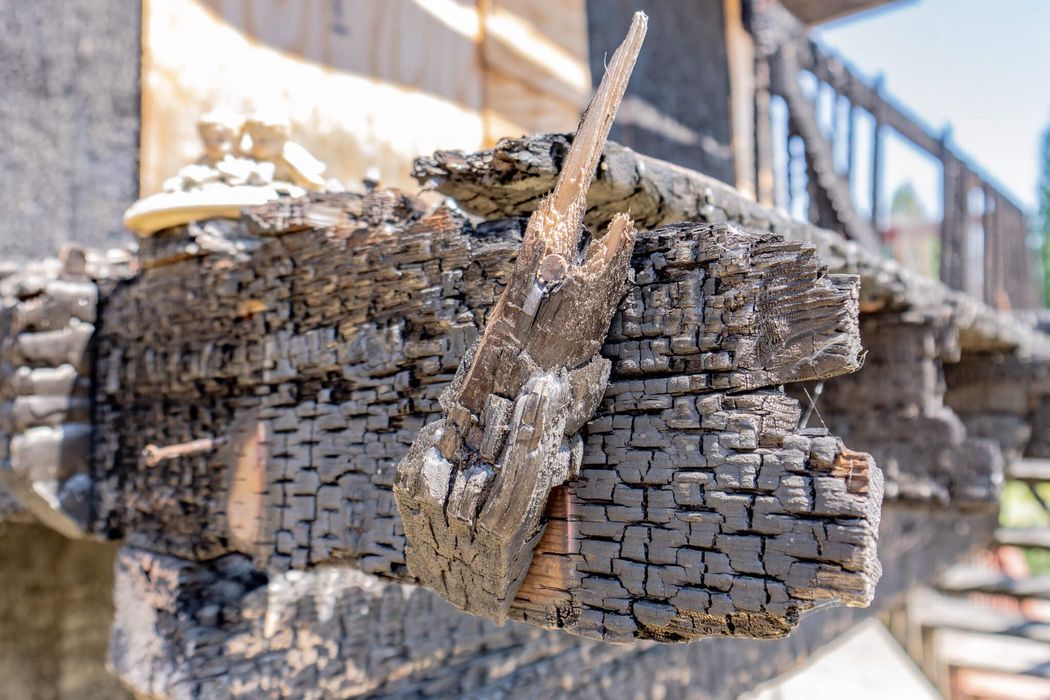
Smoke, Soot, And Water Damage Analysis
Often, the most extensive damage comes not from flames but from their byproducts. Smoke and soot particles are acidic and corrosive, infiltrating wall cavities, HVAC systems, and porous materials far from the fire's origin.
Simultaneously, the thousands of gallons of water used for firefighting create an immediate risk. Within 24-48 hours, this moisture can trigger significant mold growth in hidden pockets.
To uncover this damage, assessors use specialized tools like
thermal imaging cameras to find trapped water and
moisture meters to quantify saturation levels.
Air quality tests identify harmful airborne particulates, confirming the environment is safe before restoration begins.
Salvage Versus Replacement Decision Framework
With a complete damage profile, the team establishes a clear framework for deciding what to salvage and what to replace. This begins with a thorough inventory of all affected belongings, known as a "contents list-out." The decision to restore or replace an item is based on a practical analysis of several factors:
- Extent of Damage: Is the item lightly affected or completely destroyed?
- Material Composition: Porous materials like fabric are harder to restore than non-porous ones like metal.
- Cost-Effectiveness: Is it cheaper to professionally clean the item or to replace it?
- Sentimental Value: Some items may be irreplaceable, justifying higher restoration costs.
This detailed report and cost estimate become the formal
recovery plan. It is a step-by-step document that must be approved by both you and your insurer before any work commences.
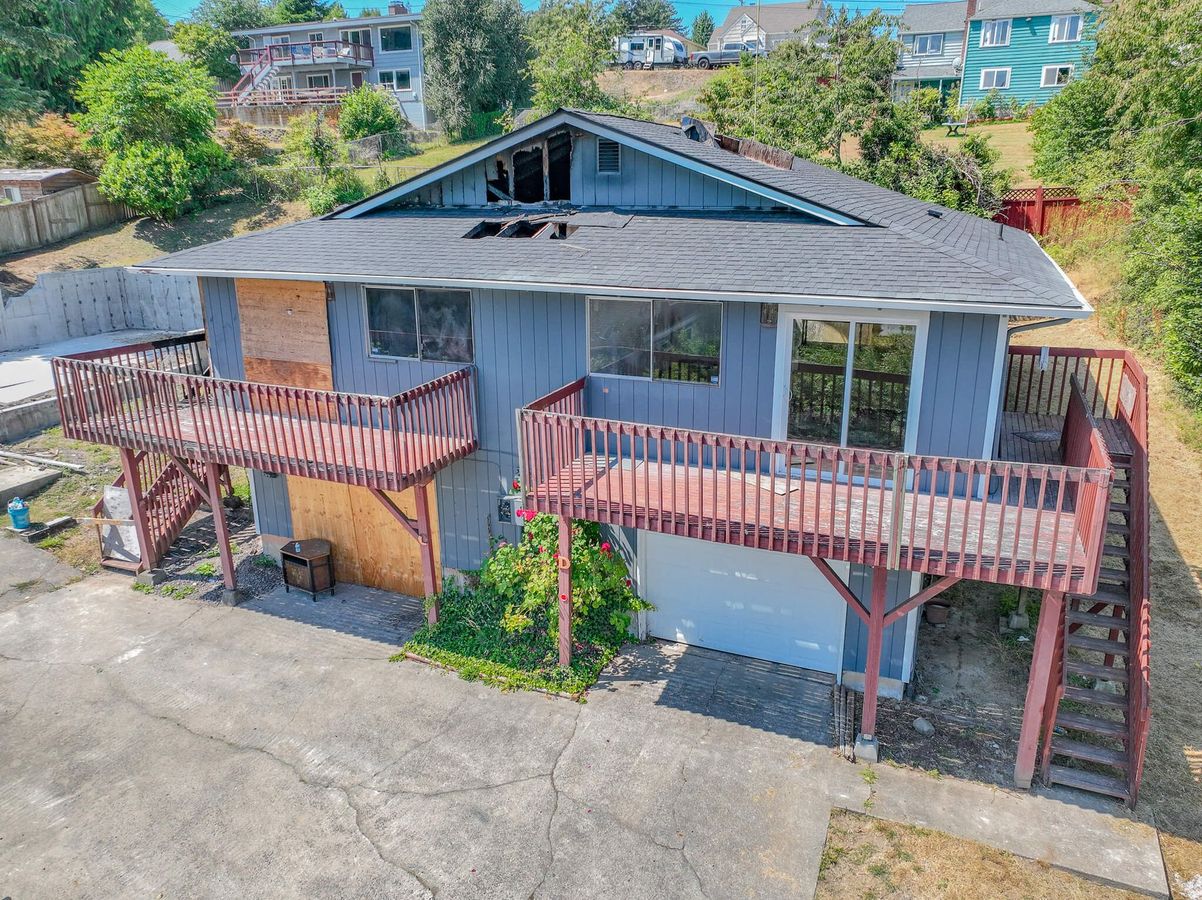
Specialized Restoration And Remediation Processes
Once the damage is assessed, the physical work of reclaiming your home begins. This is not a simple cleaning job; it is a highly technical process guided by standards from the Institute of Inspection, Cleaning and Restoration Certification (IICRC).
Technicians in full
Personal Protective Equipment (PPE) execute a precise strategy to address every layer of damage. Their work transforms a hazardous site back into a safe, habitable home.
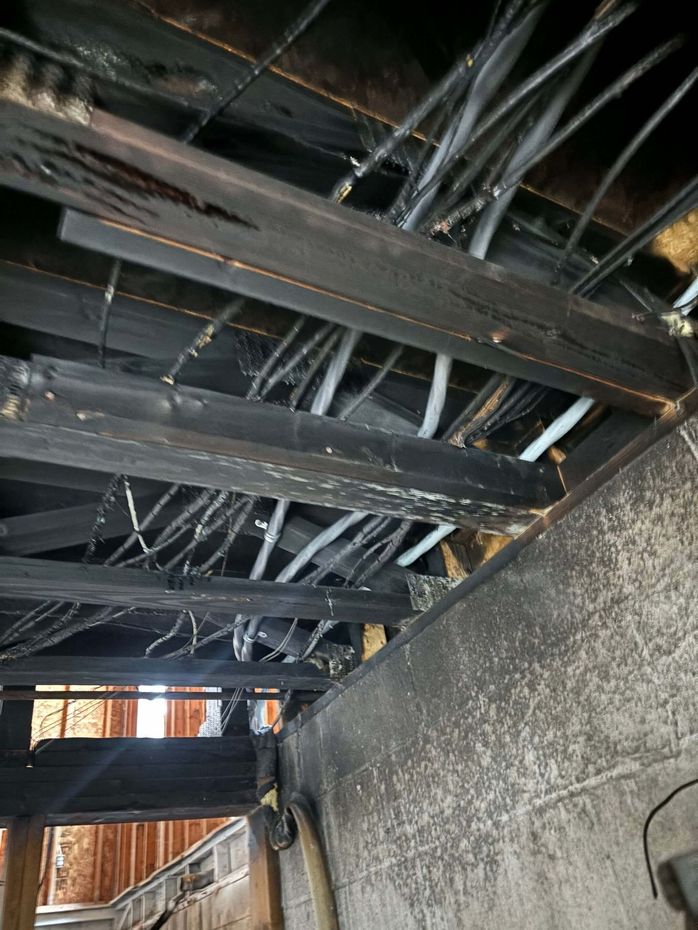
Professional Fire Damage Restoration Services
The initial on-site work mitigates ongoing damage by securing the property, often by boarding up windows or tarping the roof. This crucial step protects the structure from weather and unauthorized entry.
Next, technicians tackle the primary contaminants: soot and smoke residue. The approach depends entirely on the type of fire.
- Dry Smoke: A fast, high-temperature fire leaves a powdery residue. This is often removed with dry chemical sponges and specialized vacuuming techniques.
- Wet Smoke: A slow, smoldering fire creates a sticky, greasy residue. This requires powerful, solvent-based cleaning agents to break down the oily film.
Technicians use
High-Efficiency Particulate Air (HEPA) vacuums to capture microscopic soot particles before they become airborne. Because soot is highly acidic, its prompt removal is essential to prevent permanent etching and corrosion on glass, metal, and stone surfaces.
Advanced Smoke Odor Elimination Techniques
Cleaning surfaces alone cannot eliminate the extensive odor left by a fire. Microscopic smoke particles infiltrate porous materials like wood, drywall, and textiles, becoming trapped extensively within.
Neutralizing these embedded odors requires advanced technology. Restoration teams use several methods to target and destroy odor molecules at their source.
- Air Scrubbers: These devices use activated carbon and HEPA filters to capture airborne odor particles throughout the restoration process.
- Thermal Fogging: A deodorizing agent is heated into a fine mist that mimics smoke's behavior. It permeates surfaces just as the smoke did, neutralizing odors thoroughly within materials.
- Ozone & Hydroxyl Generation: Ozone generators oxidize odor molecules, but require the property to be completely evacuated. Hydroxyl generators use UV light to safely break down odors and can often be used while the home is occupied.
A thorough cleaning of the home’s
HVAC system is also non-negotiable. This prevents trapped odors from recirculating the moment the system is turned back on.
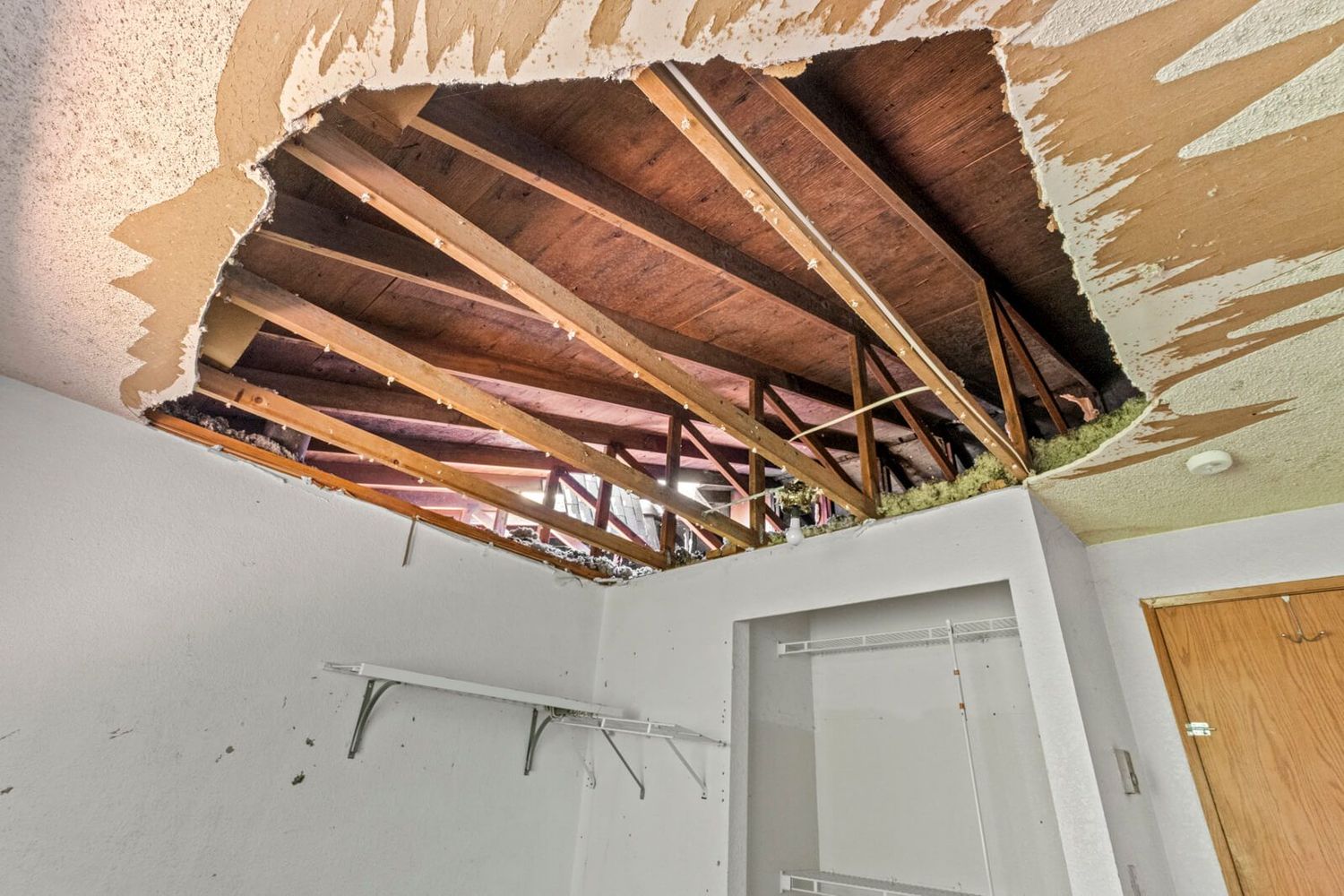
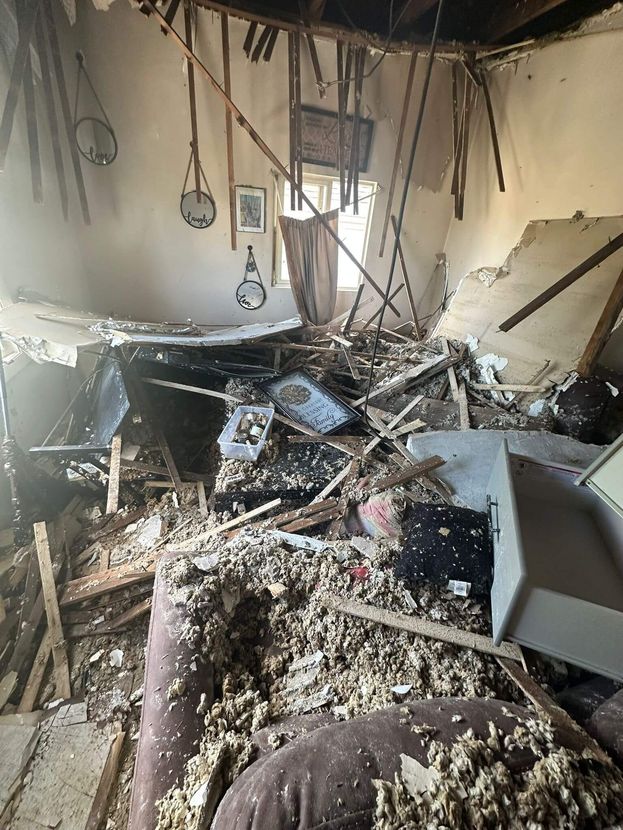
Water Damage And Mold Prevention Protocols
The water used to extinguish a fire introduces an immediate secondary threat. Mold growth can begin in as little as 24 to 48 hours in damp conditions, making rapid water mitigation a top priority.
The process starts with extracting all standing water using industrial-grade pumps and vacuums. Technicians then position high-velocity air movers to create powerful airflow across all surfaces, dramatically accelerating evaporation.
Commercial-grade dehumidifiers work in tandem with air movers to pull this moisture from the air. This prevents secondary damage like swollen wood, warped flooring, and ruined drywall.
Using
moisture meters and infrared cameras, technicians locate and eliminate hidden pockets of water within walls and under floors, ensuring the structure is returned to a safe level of dryness.
Personal Belongings Recovery And Restoration
Beyond the structure, the recovery of personal belongings is a delicate and systematic process. Items are carefully inventoried and sorted into salvageable and non-salvageable categories. Specialized techniques can restore many items that appear to be a total loss.
- Hard Goods: Items like dishes, tools, and metal fixtures are often cleaned using ultrasonic technology. High-frequency sound waves create microscopic bubbles that dislodge soot from the most detailed crevices.
- Textiles: Clothing, curtains, and upholstery undergo advanced cleaning processes, including specialized wet washing and industrial dry cleaning, that are far more effective than standard laundering.
- Delicate Items: Even important documents, photographs, and electronics can frequently be restored. Specialized firms may use methods like
vacuum freeze-drying to carefully recover these invaluable items from fire and water damage.
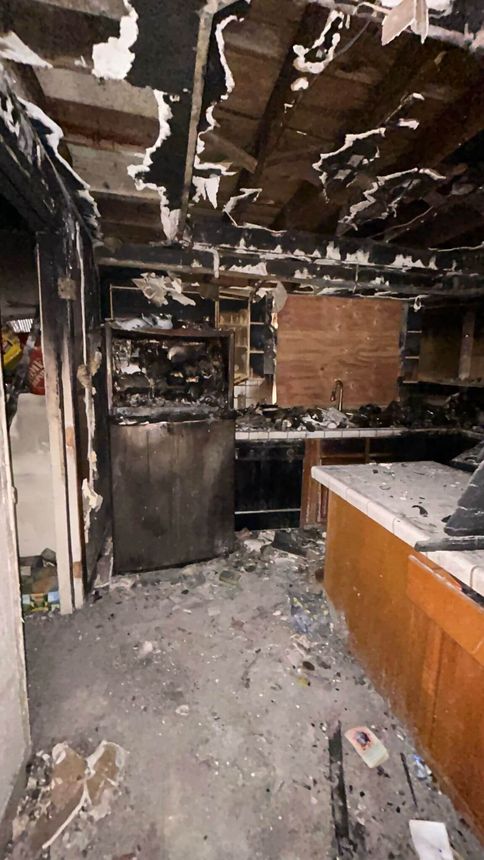
Essential Document Recovery And Legal Considerations
As physical restoration begins, you must initiate the equally critical process of guiding the administrative and legal aftermath. The loss of essential paperwork creates a secondary crisis, hampering your ability to prove identity, access funds, or authorize repairs.
Understanding your
legal rights and
financial obligations is paramount. It protects you from post-disaster fraud and ensures a compliant rebuilding process.
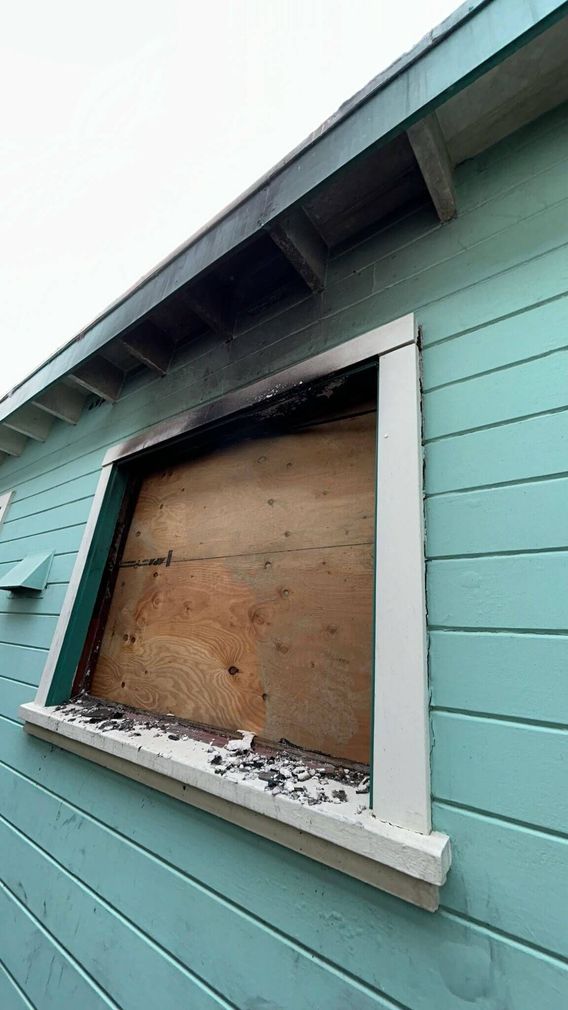
Critical Document Identification And Replacement
Re-establishing your legal and financial standing requires a systematic approach to replacing crucial records. This involves contacting multiple government and private agencies. Key documents and their issuing authorities include:
- Birth, Marriage, and Death Certificates: Issued by the official records office in the state or county where the event occurred.
- Social Security Card: Replaced by the Social Security Administration (SSA).
- Driver's License or State ID: Issued by your state's Department of Motor Vehicles (DMV).
- Passport: Handled by the U.S. Department of State for replacement.
- Debit/Credit Cards and Financial Statements: Replaced quickly by your financial institutions upon request.
Even documents stored in a fire-resistant safe can suffer from extreme heat or water damage from firefighting efforts.
Professional document restoration services can sometimes salvage papers and photos using specialized techniques like vacuum freeze-drying.
Legal Rights And Contractor Negotiations
Your insurance policy is a legally binding contract. Obtain a full copy from your agent immediately to understand the precise scope and financial limits of your coverage.
When rebuilding, legal diligence is your strongest defense. Only hire licensed and insured contractors, and always demand a detailed, written contract before any work starts or money changes hands.
Be vigilant against contractor fraud, which spikes after disasters.
Common red flags include unsolicited door-to-door offers, high-pressure sales tactics, and demands for large cash payments upfront. If a dispute arises with your insurance company over a claim, you have the right to hire a
public adjuster or an
attorney to advocate for your interests.
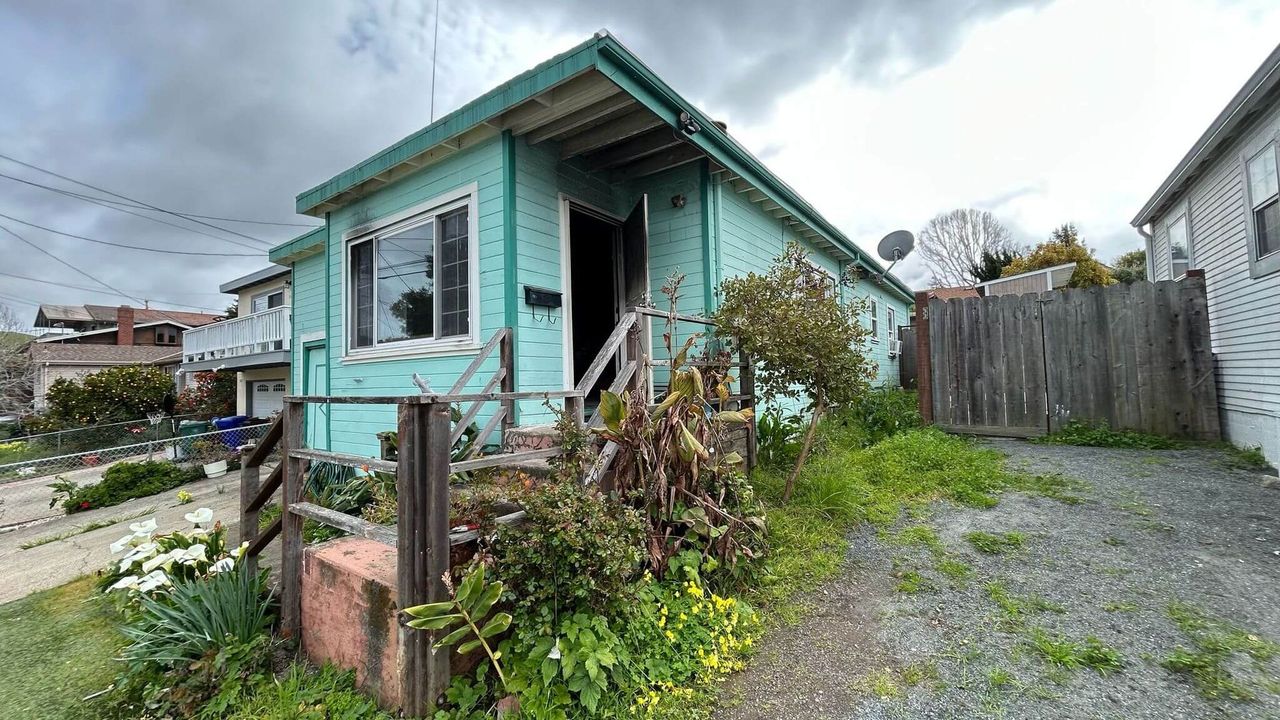
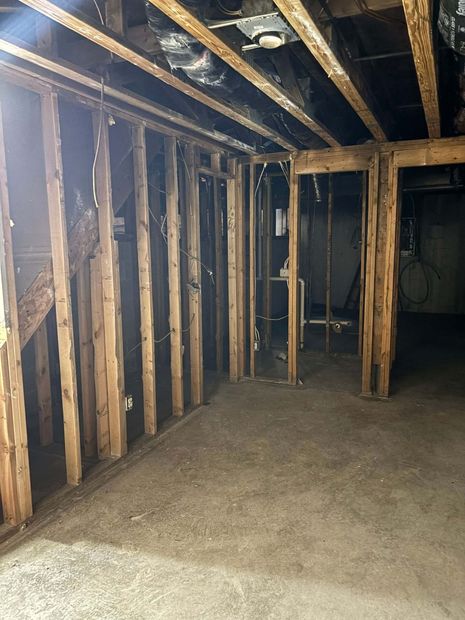
Building Code Compliance And Permit Requirements
Reconstruction is not simply about replacing what was lost. You must rebuild in accordance with current local and state building codes, which may have been updated since your home's original construction.
Any significant structural work requires
permits from your municipal building department. A reputable, licensed contractor will be well-versed in these codes and should manage the entire permitting process as part of their service. Failure to comply can lead to substantial fines, legal action, and significant problems when you eventually sell the property.
Mortgage And Property Tax Implications
Immediately notify your mortgage lender of the fire. This is a contractual obligation, as they hold a significant financial interest in the property.
Consequently, insurance checks for structural damage are often co-payable to both you and your mortgage company. The lender typically holds these funds in an escrow account, releasing payments in stages as repairs are completed and inspected.
You should also contact your local tax assessor's office, as you may be eligible for a
property tax reassessment and reduction due to the property's diminished value.
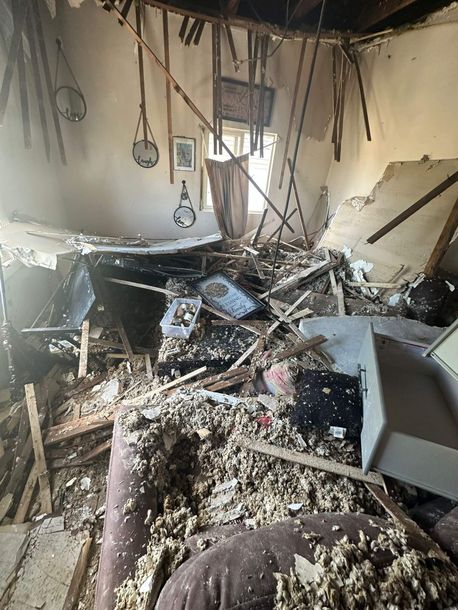
Comprehensive Recovery Support And Long-Term Planning
Effective recovery from a house fire is a strategic process that moves beyond structural repairs and replacing possessions. It involves a deliberate effort to restore emotional stability, engage critical support networks, and implement forward-thinking safety measures.
This phase transforms a catastrophic event into an opportunity to develop inner fortitude and the capacity to recover. The goal is to ensure your family and home are fundamentally safer and better prepared for the future.
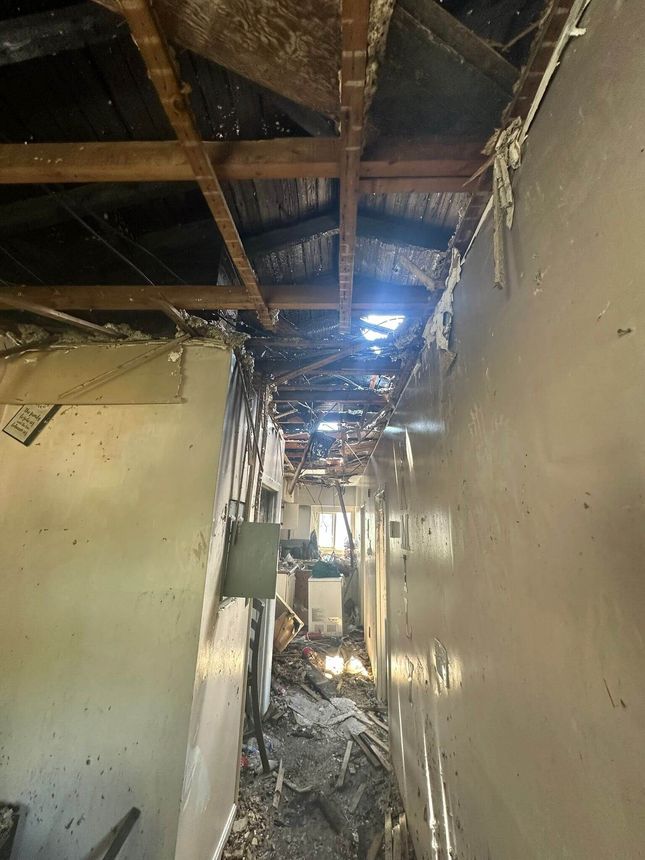
Community Resources And Disaster Relief Programs
You are not expected to manage long-term recovery without assistance. A robust network of government and nonprofit organizations provides essential aid to bridge the gap between insurance payouts and total recovery costs.
Key sources of support include:
- Federal Emergency Management Agency (FEMA): In presidentially declared disaster areas, FEMA can provide grants for temporary housing and uninsured home repairs essential for sanitary and safe living.
- U.S. Small Business Administration (SBA): The SBA offers low-interest disaster loans of up to $200,000 for homeowners to repair or replace a primary residence and up to $40,000 to replace personal property.
- Non-Profit Organizations: Groups like the American Red Cross and The Salvation Army offer long-term case management, connecting families with local services for everything from furniture to financial counseling.
Psychological Support And Trauma Recovery Services
The psychological impact of a fire is often the most significant and enduring challenge. Acknowledging this trauma and seeking professional help is a sign of strength and a critical component of healing for the entire family.
Immediate and long-term mental health resources are available. The Disaster Distress Helpline, operated by SAMHSA, provides 24/7 crisis counseling at 1-800-985-5990. Many employers also offer confidential support through Employee Assistance Programs (EAPs).
Children can be particularly affected, often struggling to articulate their fear and sense of loss. Engaging school counselors or child psychologists provides them with specialized, age-appropriate support to help them regain a sense of security.
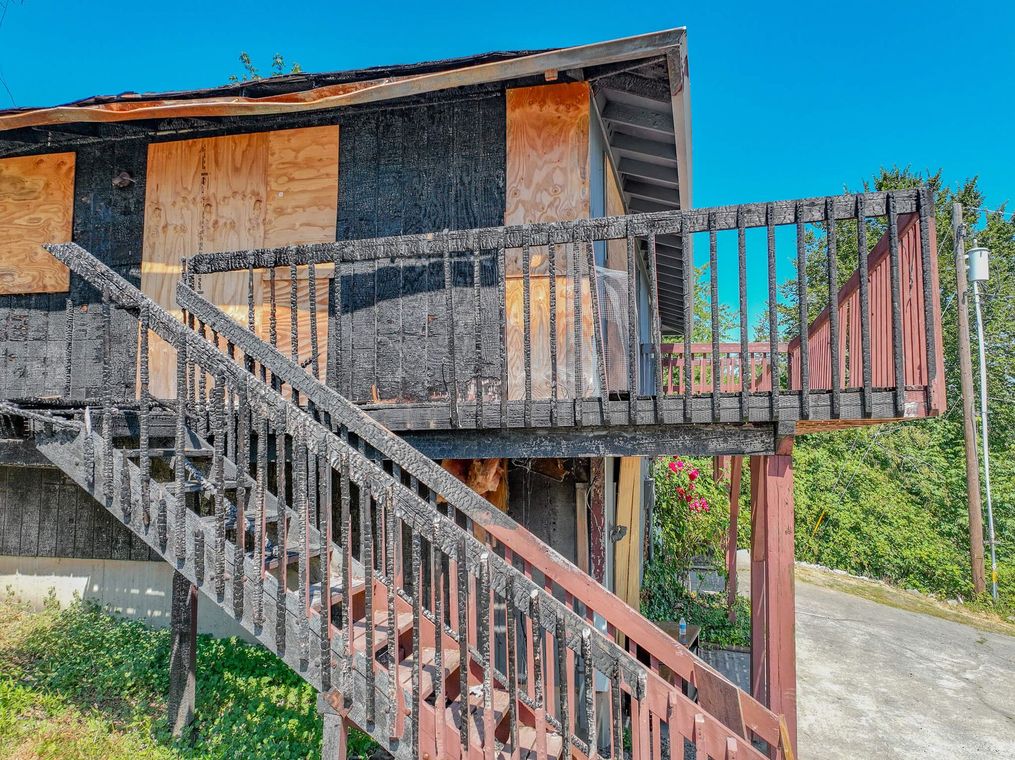
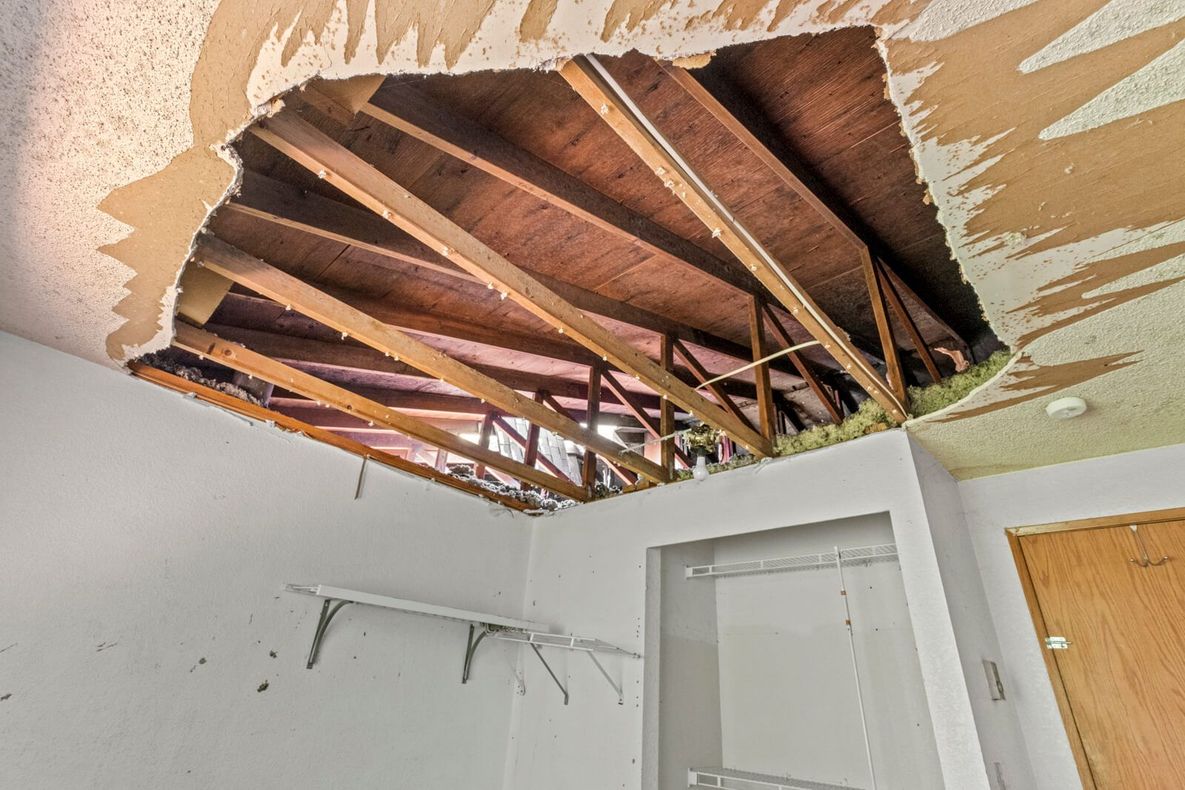
Fire Prevention Upgrades And Home Hardening
The rebuilding process presents a critical opportunity to integrate superior safety technologies and construction standards. Your reconstruction must comply with current building codes, which often mandate safer materials and designs than when your home was originally built.
This is the ideal time to implement "home hardening" strategies. Consider upgrades like Class A fire-rated roofing, fiber-cement siding, and dual-pane tempered glass windows to significantly increase your home's resistance to fire.
Once construction is complete, two final administrative tasks are critical. First, create a new, detailed home inventory with photos and receipts. Second, review your
homeowners insurance policy with your agent to confirm your coverage limits reflect current replacement costs.
Emergency Preparedness And Family Safety Planning
Proactive planning is the most effective way to restore a sense of control and security after a fire. This involves turning the hard-earned lessons of the past into a concrete plan for future protection.
Establish a new family fire escape plan with two exits from every room and a clearly defined meeting spot a safe distance from the house. Practice this escape drill with every family member at least twice a year to build muscle memory.
Equip your home with a modern, integrated safety system. This should include interconnected
smoke alarms on every level,
carbon monoxide detectors, and multi-purpose
ABC fire extinguishers placed in high-risk areas like the kitchen and garage.
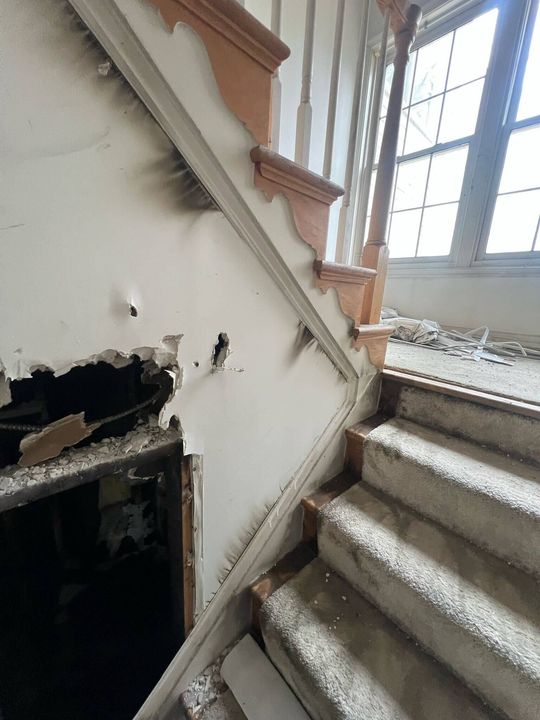
Frequently Asked Questions
How long does the typical house fire recovery process take from start to finish?
The timeline for house fire recovery is dictated entirely by the extent of the damage. A minor fire with only smoke damage might be resolved in under a week, while a catastrophic event requiring a full demolition and rebuild can extend beyond 18 months.
The final duration hinges on several critical variables: the complexity of the insurance claim, the availability of qualified local contractors, and the efficiency of municipal building permit processes.
What items should never be cleaned or salvaged after fire damage?
For safety, certain items are considered a total loss due to heat and chemical contamination. It is critical to discard the following without exception:
- All Food and Beverages: This includes non-perishables and canned goods. Intense heat can trigger bacterial growth and release chemicals from packaging.
- Medications and Cosmetics: Both prescription and over-the-counter products can be chemically altered by heat and soot, rendering them unsafe.
- Porous Materials: Items like mattresses, pillows, particleboard furniture, and stuffed animals absorb smoke and soot so deeply that they cannot be fully decontaminated.
- Affected Electronics: Appliances and electronics exposed to heat or soot present a serious fire hazard from damaged internal wiring and should never be plugged in again.
Can I stay in my home during the restoration process?
No. It is unsafe to occupy a home during fire restoration, and an official determination on habitability will be made by the local fire department or a building inspector. The environment presents significant health and safety risks.
These hazards include compromised structural integrity, hazardous air quality from soot and airborne particulates, and exposure to toxic materials. The restoration work itself, with its industrial equipment and lack of utilities, makes the home fundamentally unlivable.
How do I handle disputes with my insurance company over coverage or claim amounts?
If a dispute arises with your insurer, a systematic approach is essential for resolution. Follow these steps:
- Request a Written Explanation: Formally ask the insurer for a detailed document explaining their reasoning for the disputed amount or claim denial.
- Document Everything: Maintain a meticulous log of all communications. Note the date, time, representative's name, and a summary of every conversation.
- Escalate Internally: Submit a formal appeal in writing, referencing your policy and the specific points of disagreement.
- Seek External Help: If the issue remains unresolved, you can hire a licensed public adjuster to negotiate on your behalf or file a formal complaint with your state's department of insurance. Consulting an attorney who specializes in insurance law is a final option.
What are the warning signs that my family needs professional psychological support after a house fire?
Recognizing the psychological toll of a house fire is the first step toward recovery. Lingering trauma can manifest differently in adults and children.
In adults, watch for:
- Persistent anxiety, recurring nightmares, or flashbacks lasting more than a few weeks.
- Significant mood swings or feelings of hopelessness.
- Social withdrawal and a loss of interest in previously enjoyed activities.
- Noticeable changes in sleeping or eating patterns.
In children, warning signs may include:
- Regressive behaviors, such as bedwetting or thumb-sucking.
- Increased clinginess, separation anxiety, or a refusal to attend school.
- Repeatedly acting out the fire scenario during playtime.
Deciding Next Steps Should Always Be Clear
Handling the aftermath of a house fire is a profoundly challenging journey, testing both your emotional endurance and your financial resources. In the chaos that follows, a structured plan becomes your most critical asset.
Data from the Federal Emergency Management Agency (FEMA) underscores this point, showing that families who establish a documented recovery plan within the first 72 hours are better positioned to manage the complex insurance and rebuilding process. A methodical approach is not just helpful; it is the foundation of a successful recovery.
To regain control and move forward effectively, focus on these strategic pillars:
- Engage Professional Support: Immediately contact your insurance agent and a certified restoration company to guide your initial steps.
- Document Everything: Thoroughly log all communications, photograph all damage before cleanup, and keep detailed receipts for every expense.
- Prioritize Well-Being: Address the immediate physical safety and long-term emotional recovery of your entire family.
These actions form a strategic framework for rebuilding. By implementing this structured approach, you can transform a chaotic period into a manageable process, empowering you to restore not just your property but your life.

